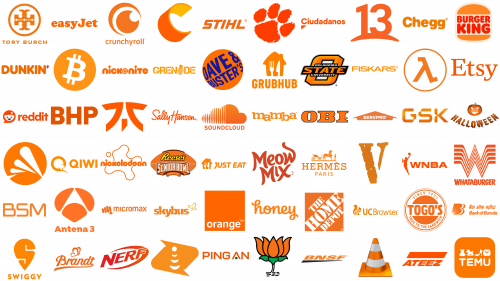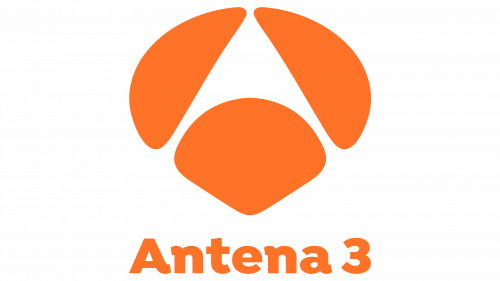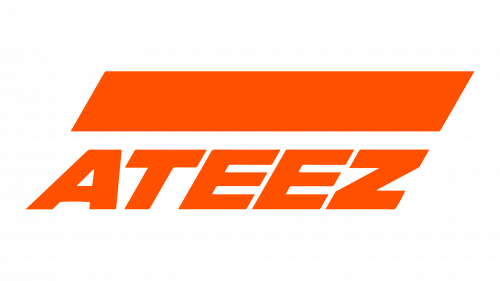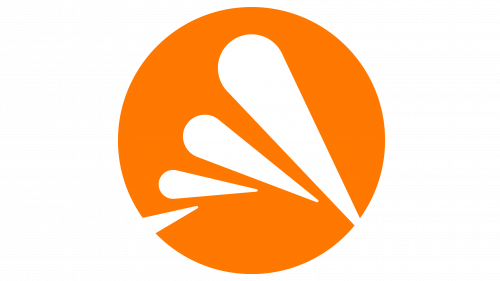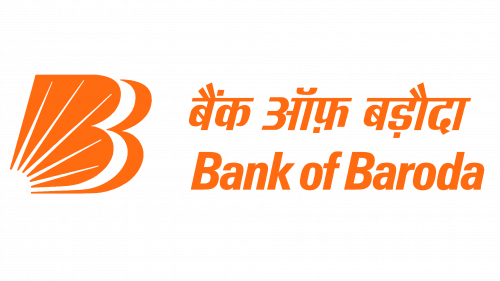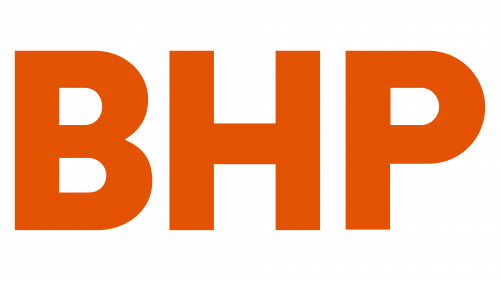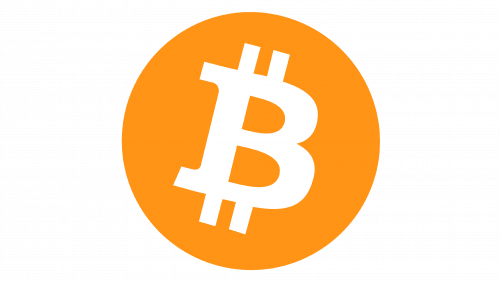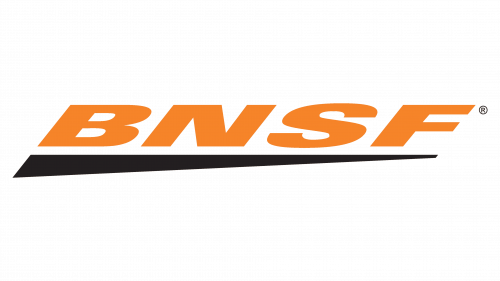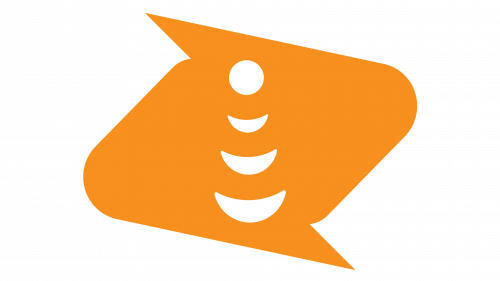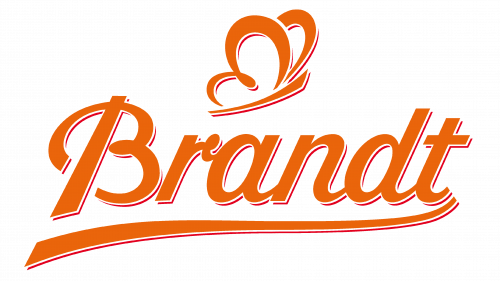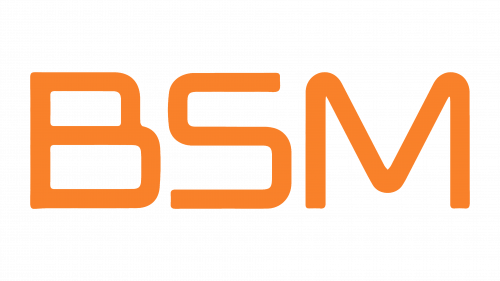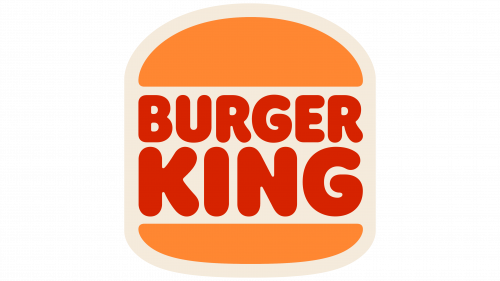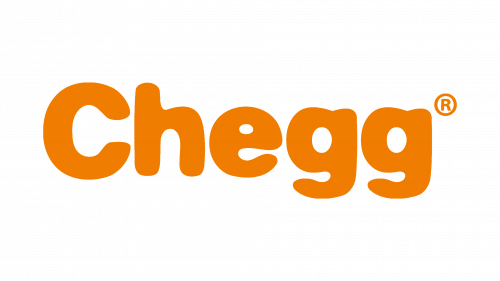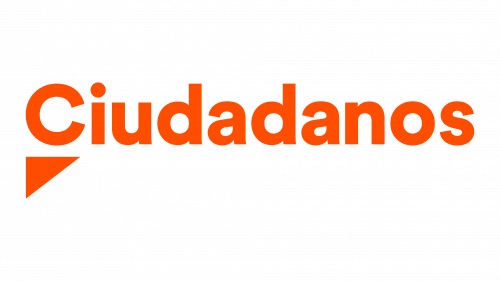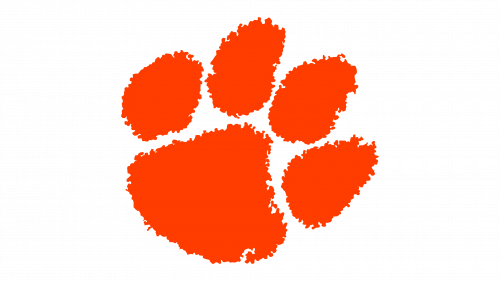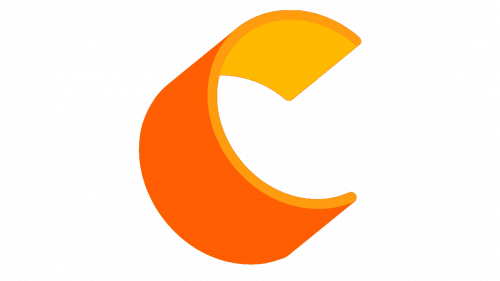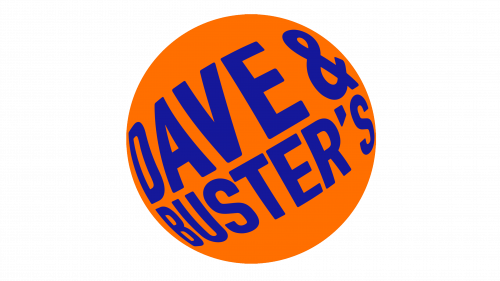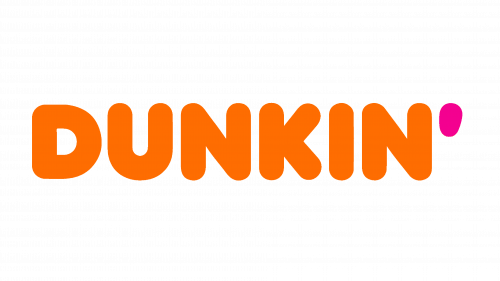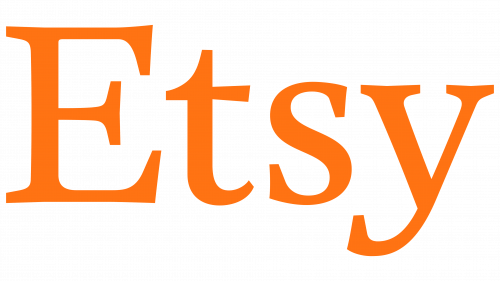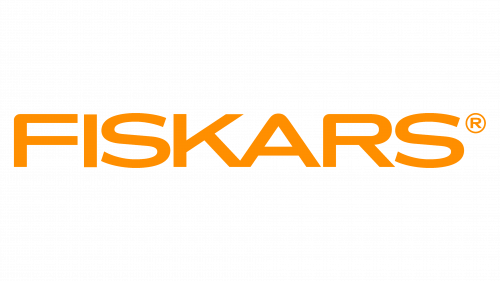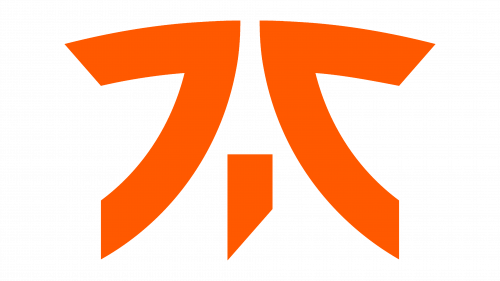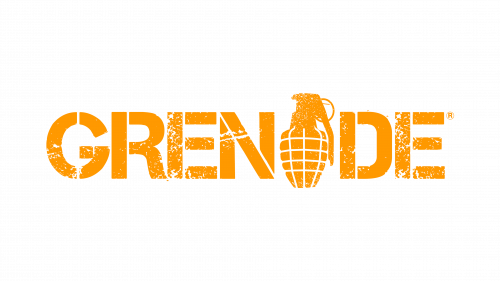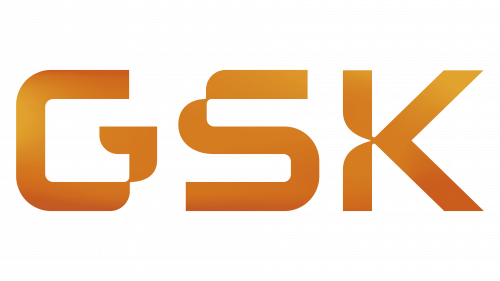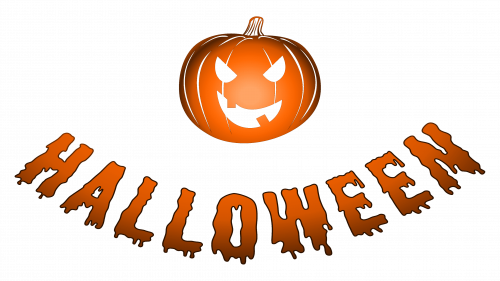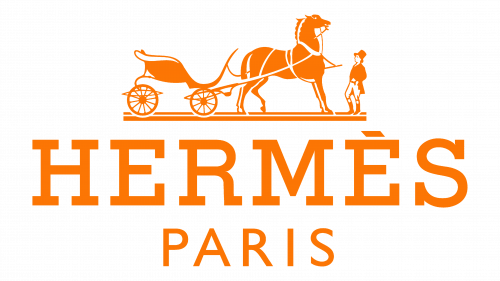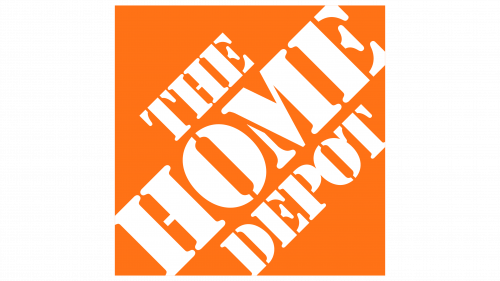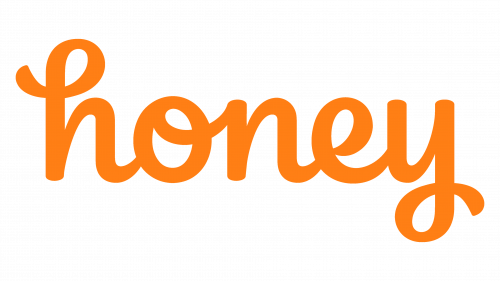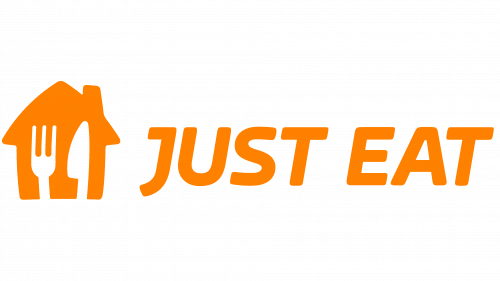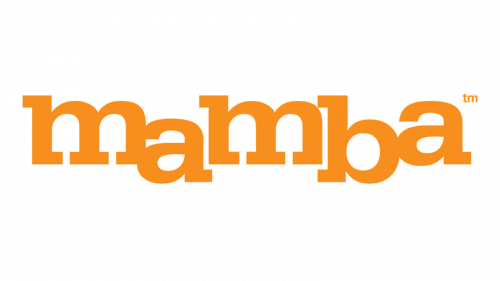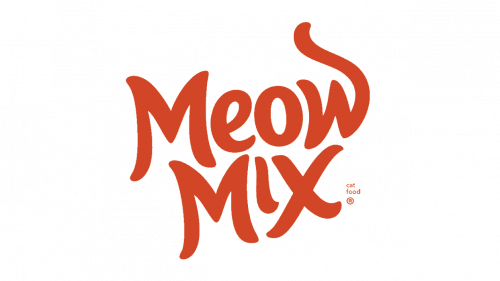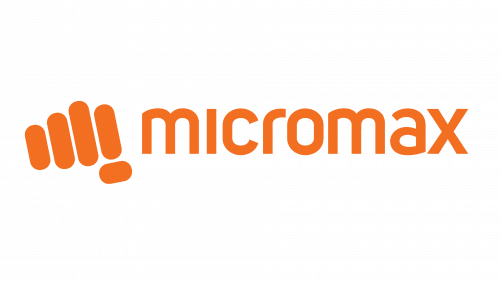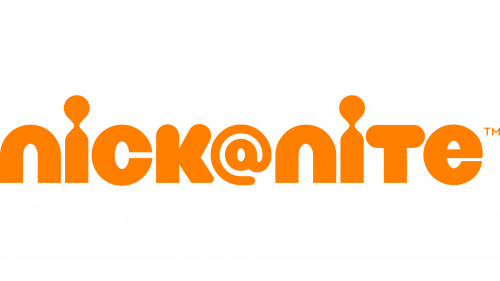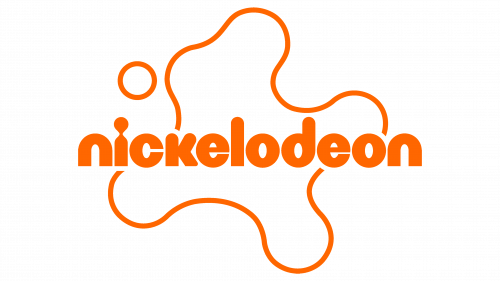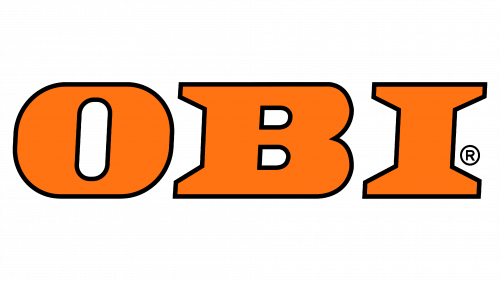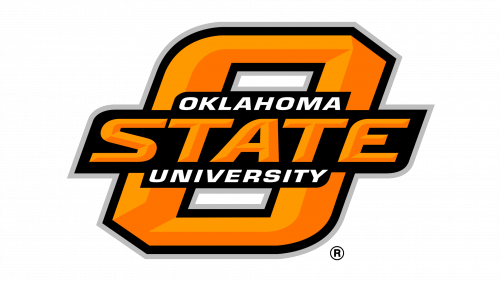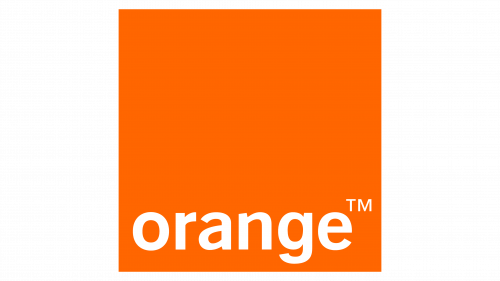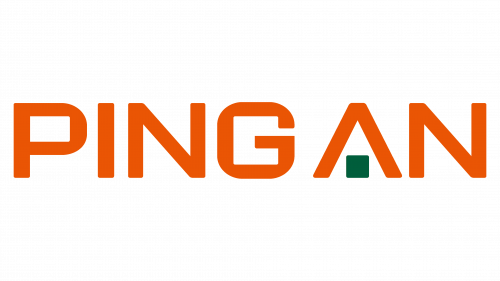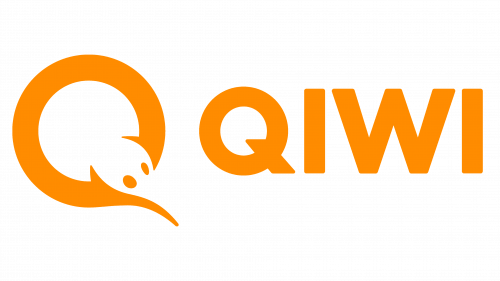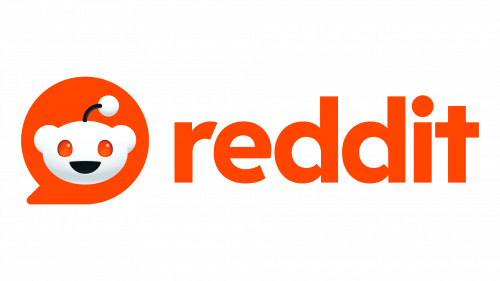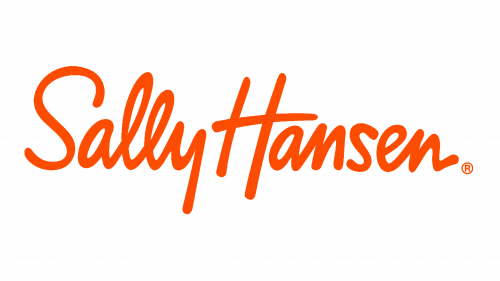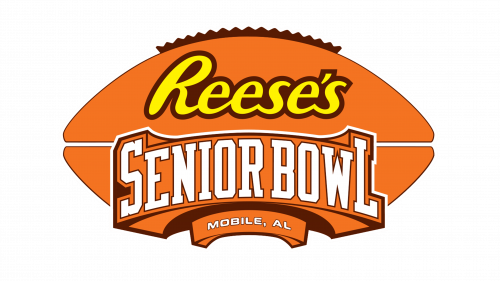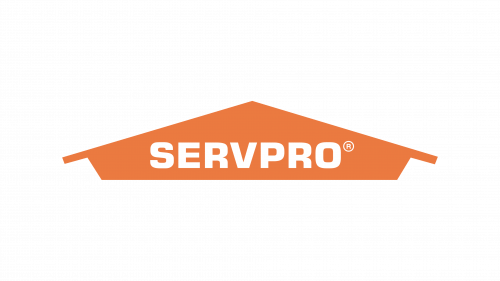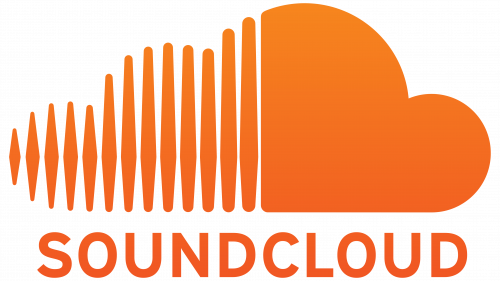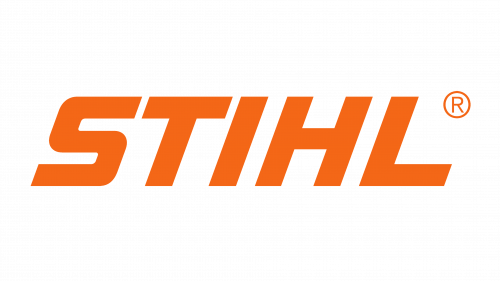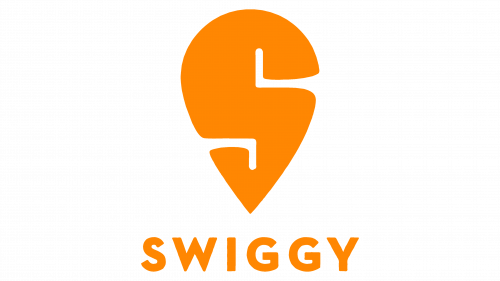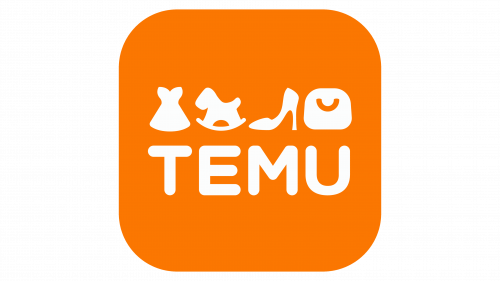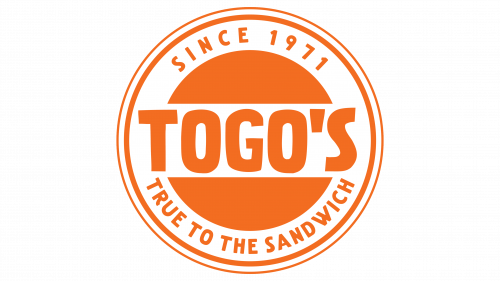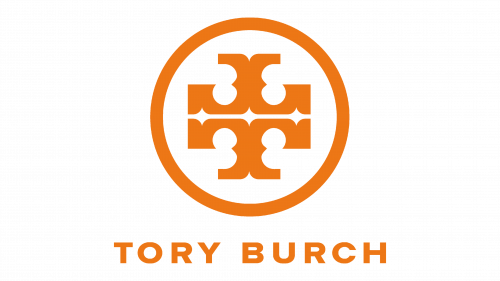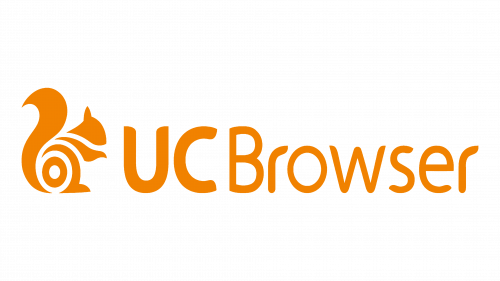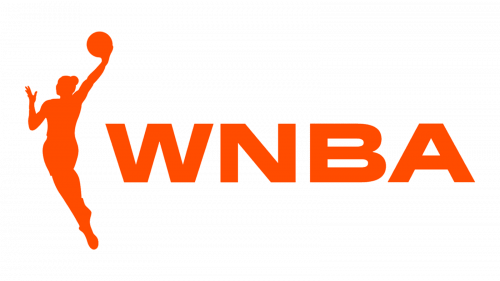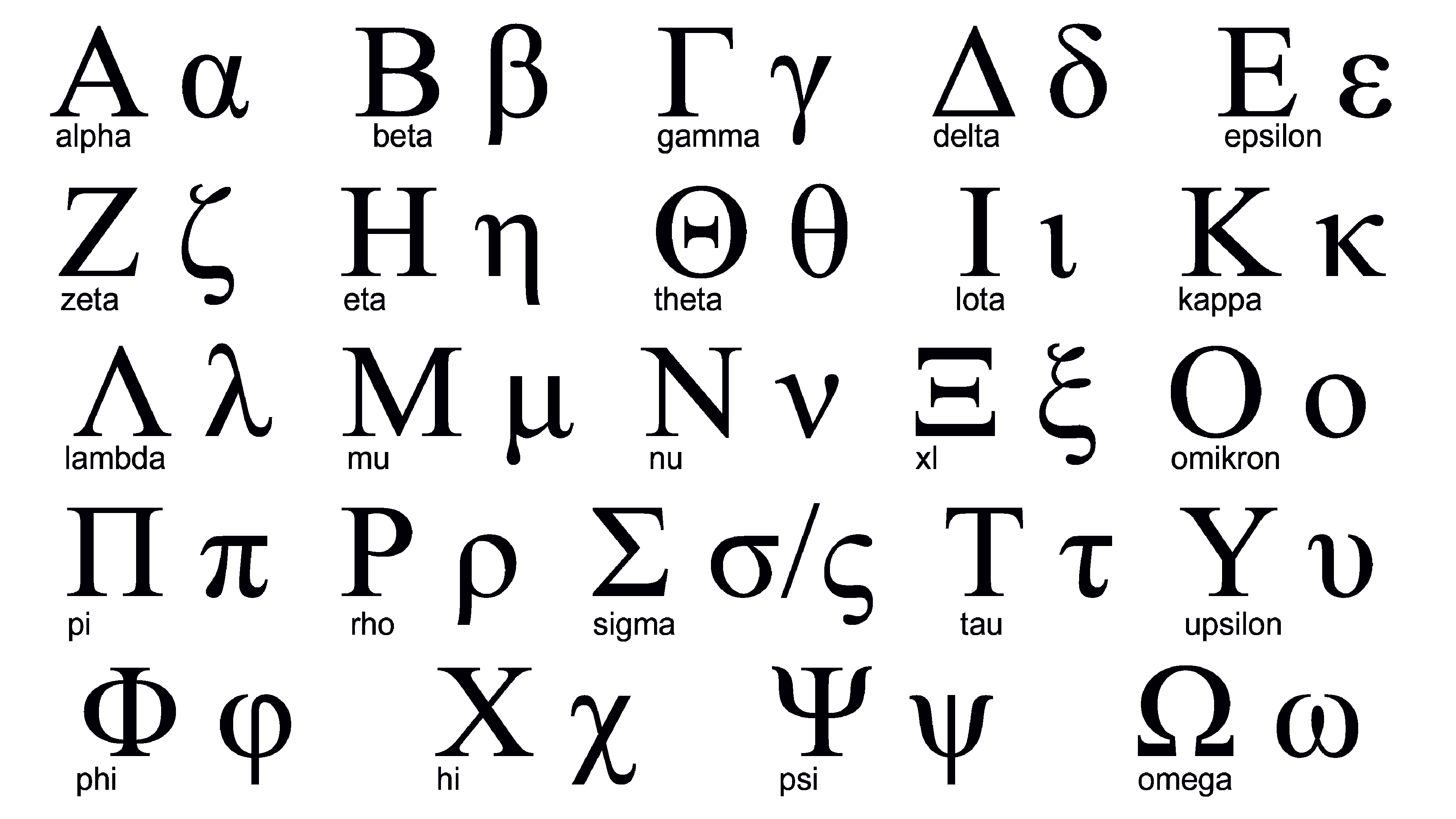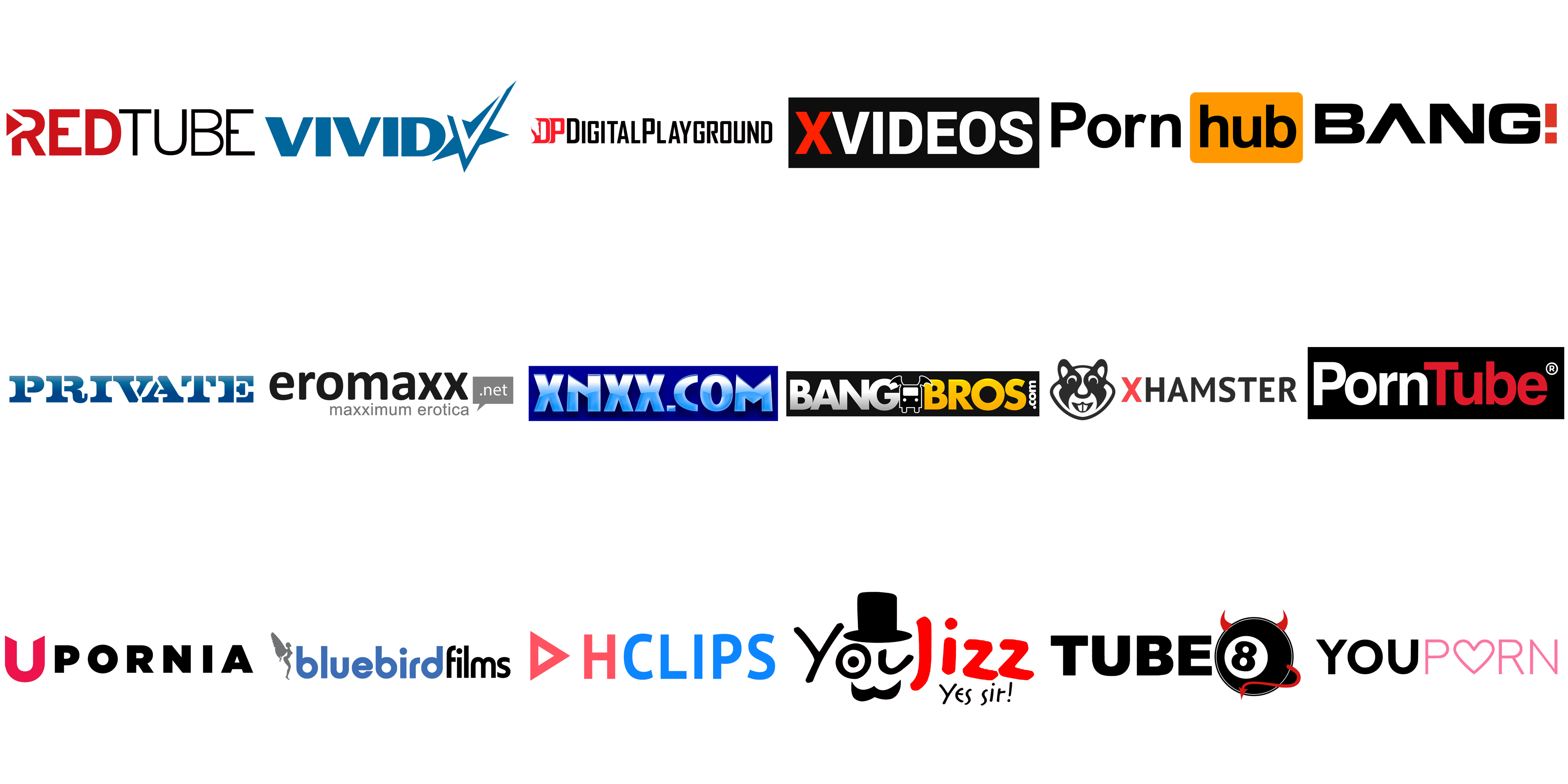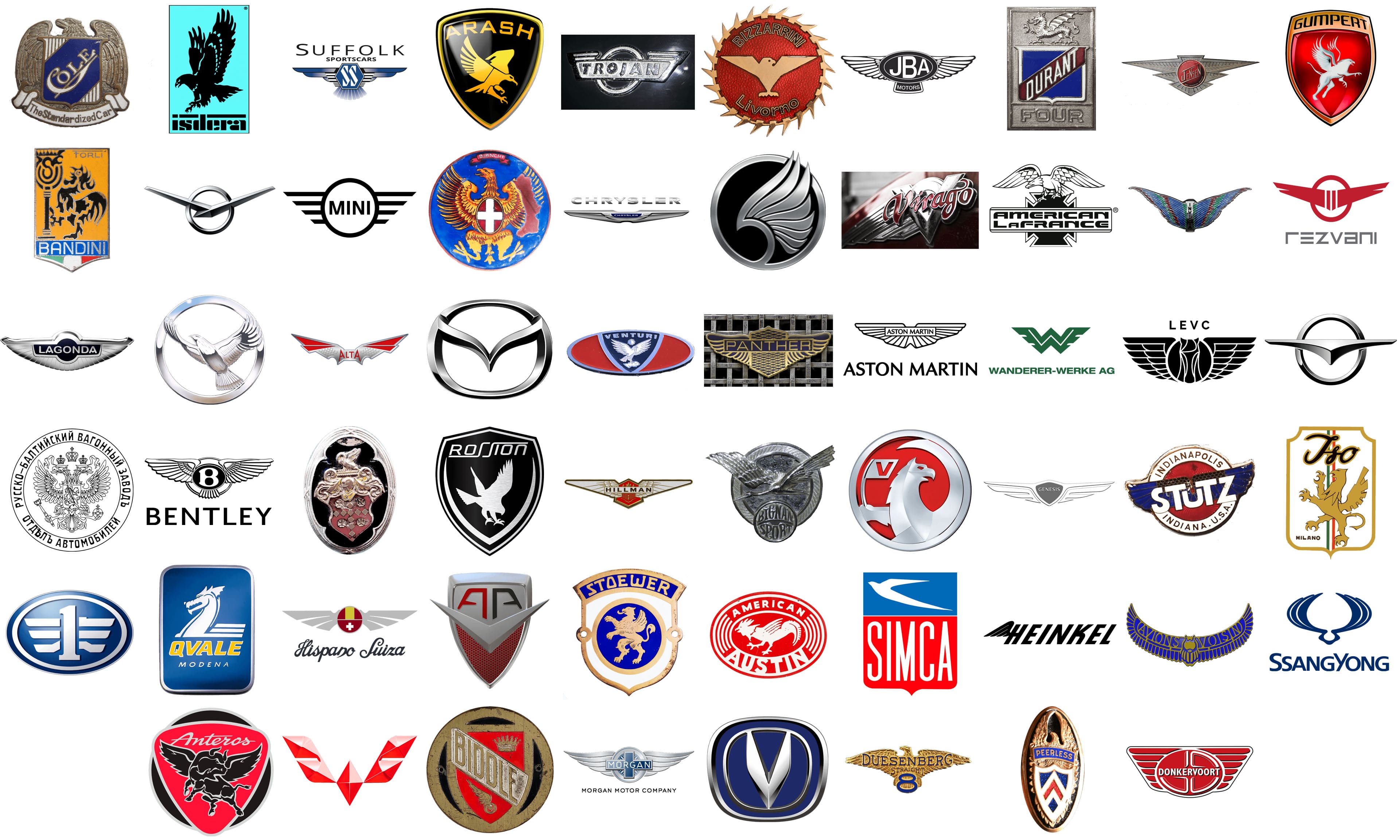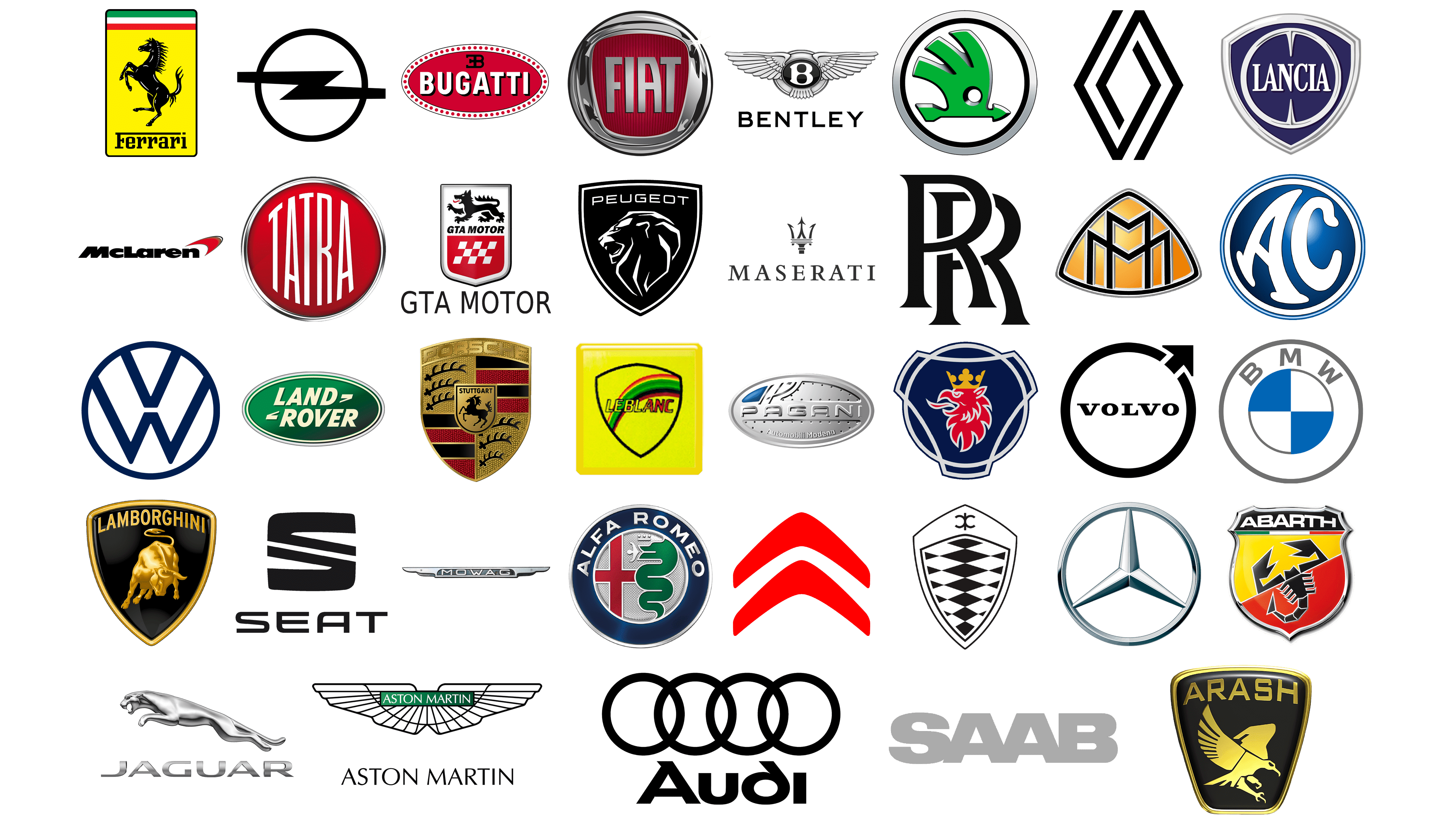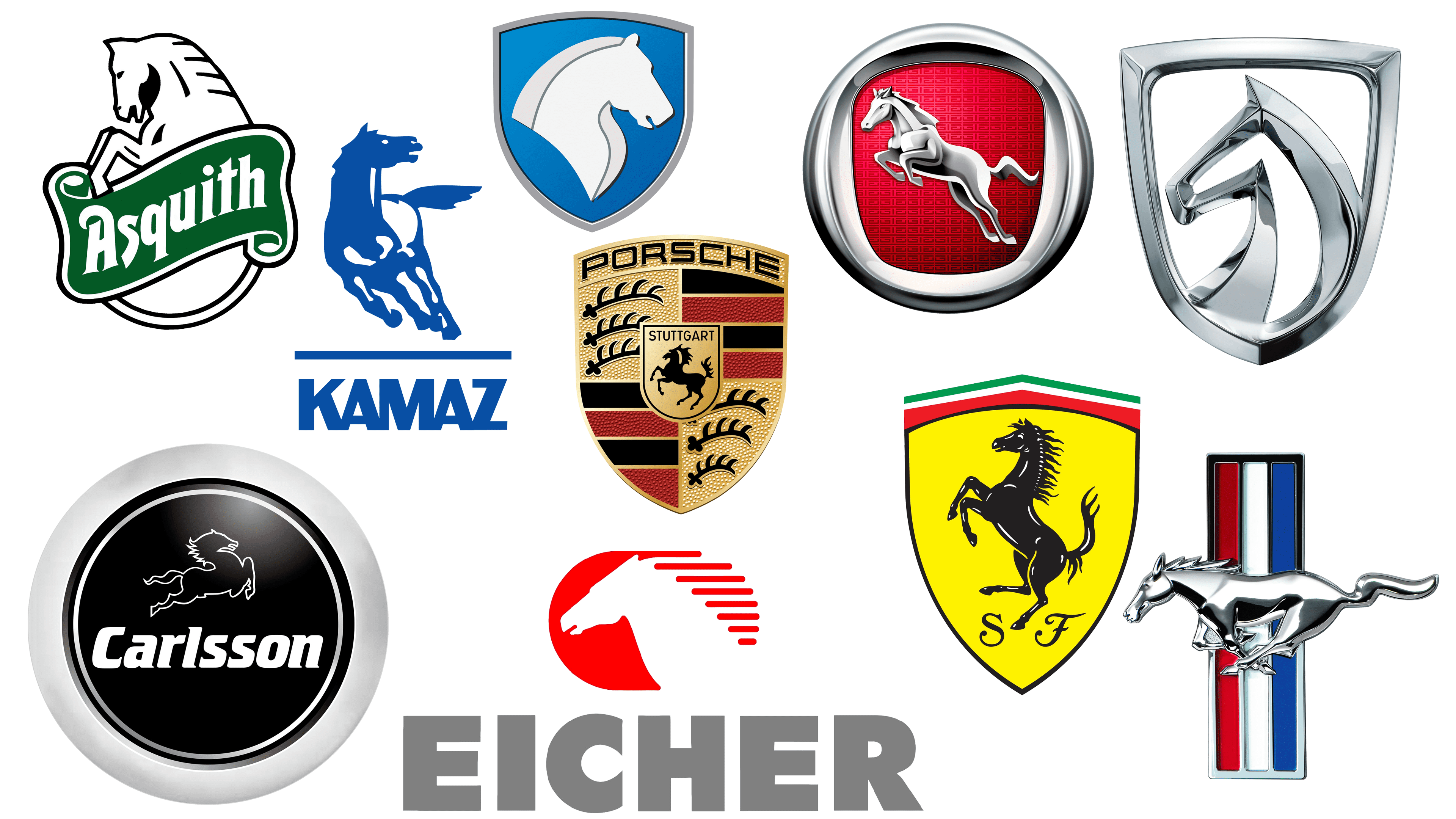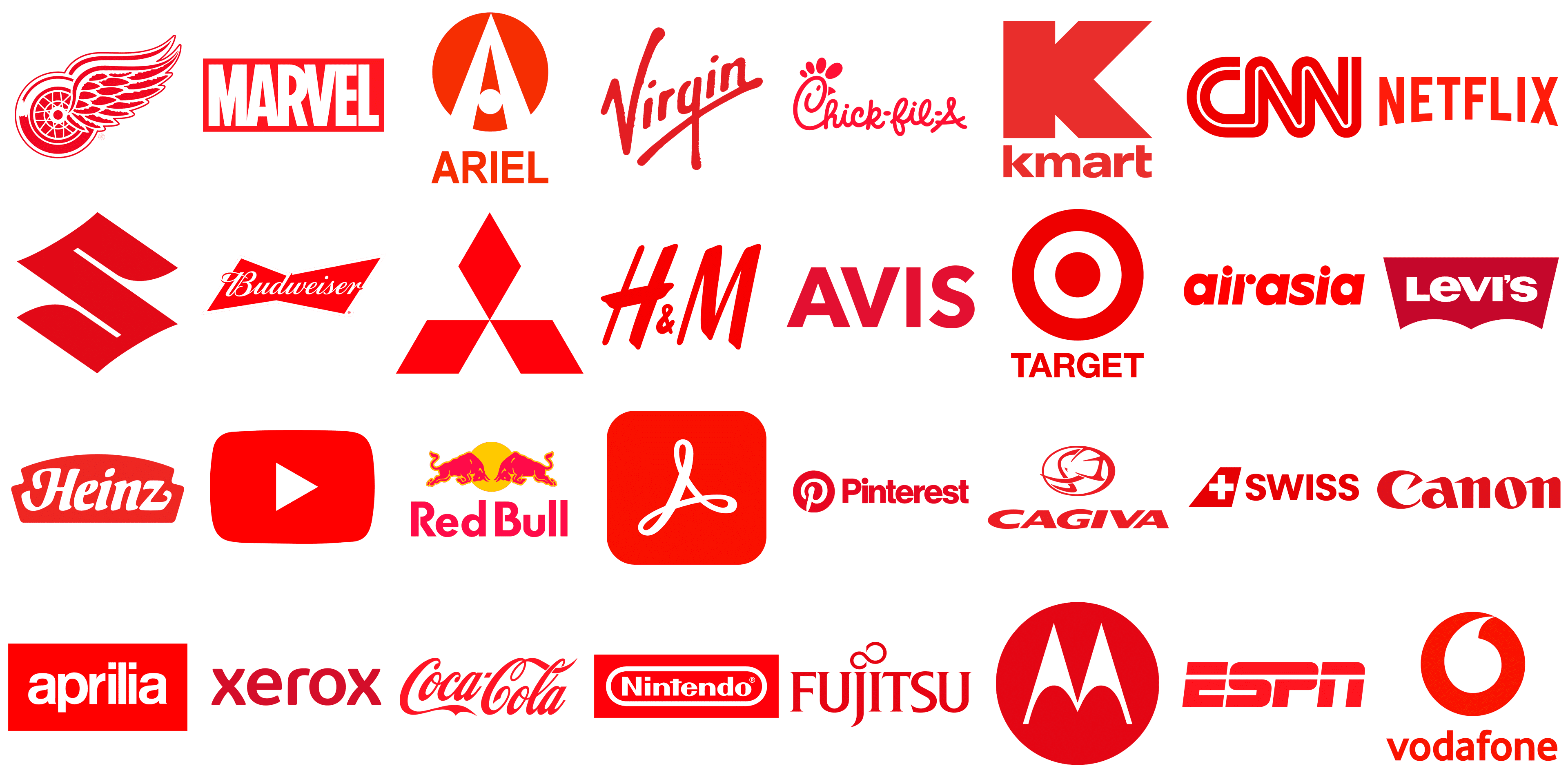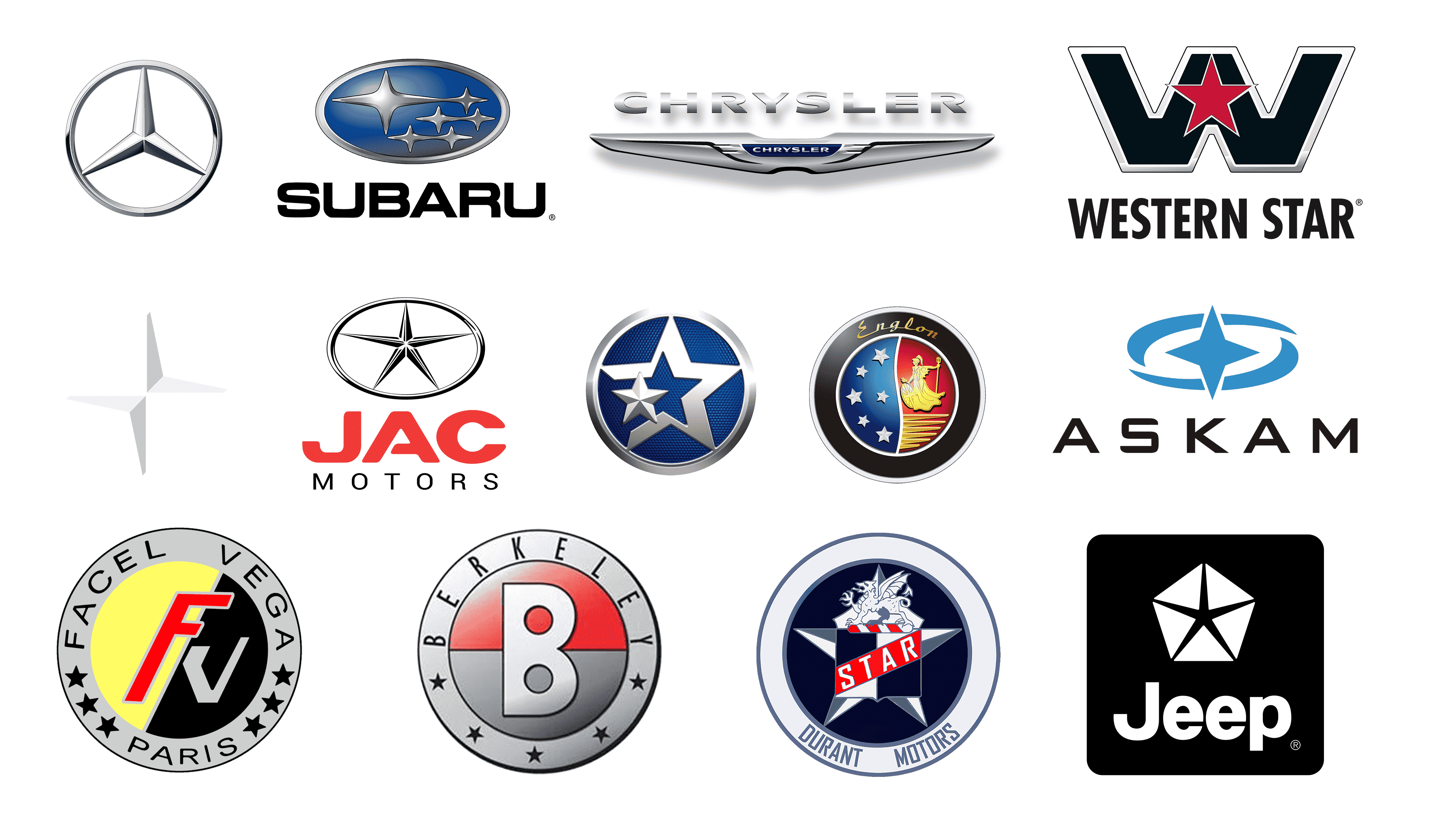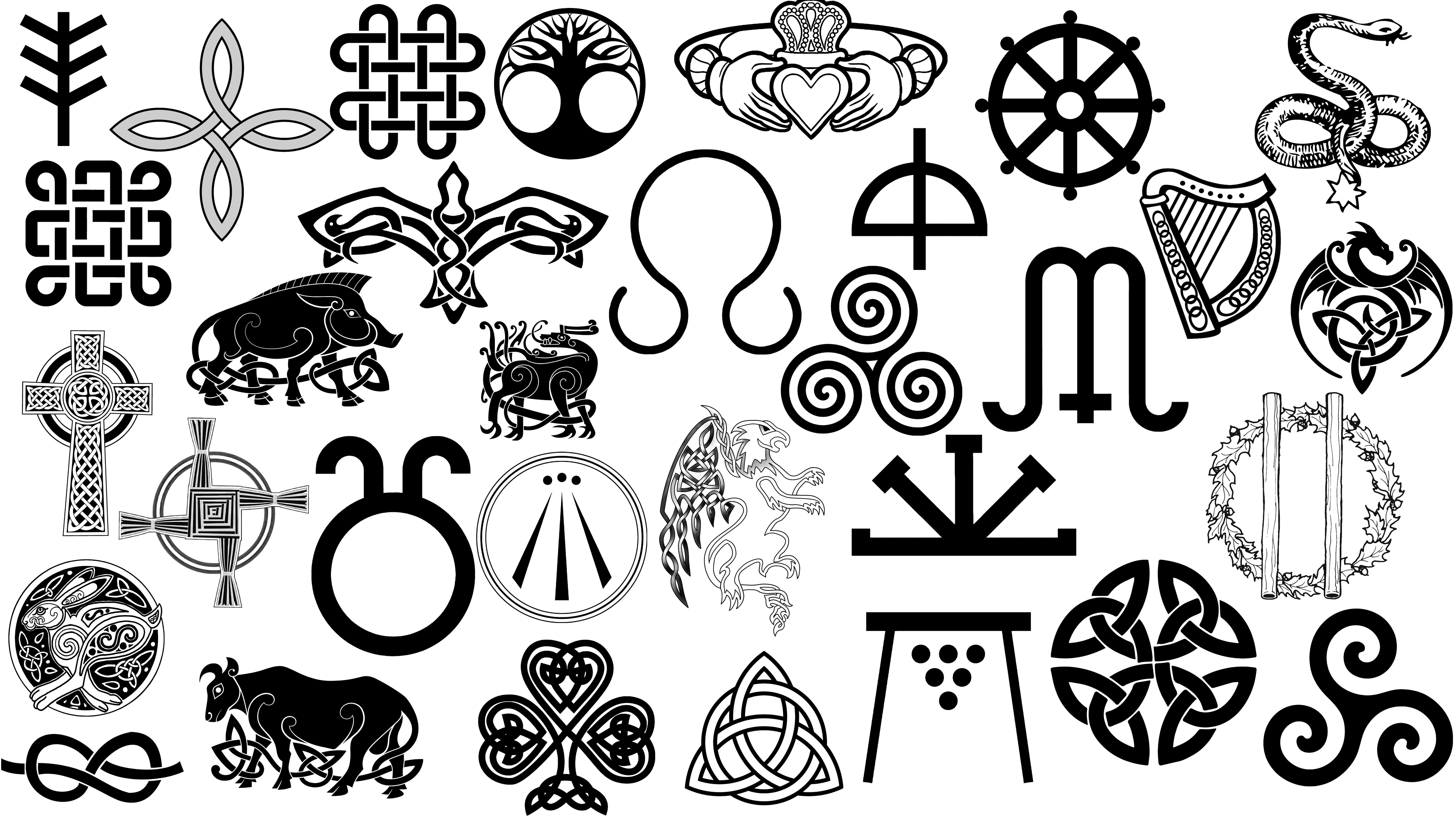Most Famous Logos in Orange
Orange, a colour that combines red and yellow in a vibrant way, is the one that will catch the eye with its warmth and energy. Through the brand logo design, it attracts attention but in a much more subtle way than red is usually perceived. The colour is associated with enthusiasm and excitement. It is commonly used by brands that want to present an image of friendliness and approachability. Orange’s creative and adventurous associations also invite consumers to discover what a brand has to offer.
In terms of psychology, orange stimulates feelings of excitement and vitality. It is perceived as a sociable colour, often used by brands to stimulate mental activity and encourage social interaction. For businesses that prioritise innovation and communication, such as social media platforms and tech startups, orange can convey their message effectively. Its use in logo design can help stimulate conversations and foster a sense of community among users.
However, the application of orange in branding requires careful consideration. Its vibrancy means it can overwhelm if used excessively, potentially deterring more conservative customers. To counter this, designers often pair orange with neutral colours, such as grey or white, to balance its intensity. This combination allows the energy of orange to shine while maintaining a sense of professionalism and cleanliness. Such strategies make orange adaptable to a variety of brand identities, from the playful and dynamic to the more restrained and sophisticated.
The shade of orange is the key element in the logo design. A bright neon orange could be the best choice for a youthful and trendy brand. It would be a perfect representation of the innovation and forward-thinking nature of the brand. On the other hand, a dark, burnt orange would be a better choice for a brand with a more conservative or serious tone.It could also symbolize stability and a connection to nature.
This adaptability makes orange a flexible option for the color palette, which can communicate various moods and meanings. Through the use of the right shade and application designers can utilize the orange color to develop amazing and effective brand identities.
Antena 3
In Spain, a television channel leads the way, offering a wide array of programming. Antena 3, belonging to the Atresmedia Corporation, has been a staple in Spanish homes since its 1989 debut. This channel captivates audiences with its rich news coverage, engaging TV series, and exciting reality shows. The unique logo, featuring three stylized rings in overlapping formation, resembles a blooming flower. Its orange color symbolizes the channel’s innovative spirit, while the round shapes suggest unity and community.
Ateez
With its debut in 2018, a South Korean boy band took the world by storm. Formed by KQ Entertainment, Ateez is celebrated for its high-energy performances and strong vocal talents. Their global popularity marks a significant contribution to the Korean Wave’s spread. The band’s logo, set in a bold, block-type font, reflects their dynamic energy. Orange in color, it showcases interconnected “E”s, making it both memorable and indicative of creativity.
Avast
Founded in Prague in 1988, a company stands at the forefront of cybersecurity. Avast has become a household name, offering both free and premium antivirus solutions to millions. Specializing in internet security, its logo features an abstract, white-winged figure against an orange background, symbolizing protection and agility. The design’s swoosh-like wings suggest speed and extensive coverage, with the orange hue highlighting warmth and alertness.
Bank of Baroda
Established over a century ago, this bank has become a cornerstone of India’s financial sector. The Bank of Baroda, with its rich history beginning in 1908, now serves customers worldwide as “India’s International Bank”. Its logo, an intricate blend of traditional Indian motifs and contemporary design, features a stylized “B”. The orange color and sunray-like lines embody growth and outreach, while the bilingual text honors its Indian heritage and global reach.
BHP
In the world of mining and resources, a giant stands out. Originally known as BHP Billiton, this company is headquartered in Melbourne, Australia, since 1885. With operations spanning more than 25 countries, BHP is at the forefront of extracting and processing essential minerals, along with oil and gas. The company’s visual identity is marked by a vibrant trio of letters “BHP” in a bold sans-serif font, where the choice of orange denotes energy and strength. The design suggests a balance between distinction and unity, reflecting the company’s solidity and reliability in the resources sector.
Bitcoin
The advent of Bitcoin in 2009 by the mysterious Satoshi Nakamoto marked the beginning of the cryptocurrency era. This decentralized digital currency allows for peer-to-peer transactions without the mediation of traditional banking institutions. The iconic logo features an orange oval encasing a bold, white “B” crossed by two vertical lines, reminiscent of the dollar sign. This emblem is a testament to digital innovation and the transformative impact of blockchain technology on the finance industry.
BJP
A major political force in India emerges from the Bharatiya Janata Party (BJP), founded in 1980. As a proponent of right-wing and Hindu nationalist ideologies, BJP has been a pivotal player in shaping Indian governance. The party’s logo, adorned with the national flower, the lotus, blends orange and green to symbolize purity, renewal, and growth. Its symmetrical design conveys a sense of order and harmony, principles that are central to the party’s ethos.
BNSF
Marking its territory as a transportation powerhouse in North America, the BNSF Railway Company was born from a merger in 1994. Operating an extensive network of over 32,500 miles, BNSF is a critical component of the continent’s logistical framework. Its logo, characterized by slanted, italicized letters in a striking orange, underscored by a dynamic black line, evokes the essence of speed and efficiency. This design perfectly captures the essence of a company that is always on the move, ensuring the seamless transport of goods across vast distances.
Boost Mobile
Founded in 2000 by Peter Adderton, Boost Mobile represents a key player in the wireless telecommunications landscape, operating independently in Australia and the United States. Known for its prepaid services, the brand initially utilized Sprint’s network in the U.S., transitioning to T-Mobile’s infrastructure post-merger. The logo, featuring an orange speech bubble with a white exclamation mark, symbolizes instant communication and connectivity. Its rounded, bubbly edges mirror the brand’s approachable and friendly service ethos, emphasizing affordability and freedom from long-term contracts.
Brandt Zwieback
Originating in 1912 with Carl Brandt at the helm, Brandt Zwieback has become a household name in Germany for its crispy, sweet rusk bread. Catering especially to infants and young children, this beloved brand stands out for its twice-baked, dry biscuits. The logo’s warm, orange, cursive font breathes life into a tradition of comfort and nostalgia. The embellished “B”, featuring a heart-like swirl, communicates the love and care infused into every product, making it a staple beyond breakfast tables.
British School of Motoring (BSM)
With its foundation in 1910, the British School of Motoring (BSM) ranks among the UK’s premier driving schools, boasting a long-standing tradition of excellence in driver education. BSM’s logo, characterized by bold, block letters against an orange backdrop, reflects its straightforward and reliable approach to driving instruction. This minimalist design underscores the school’s commitment to making driving education accessible and approachable, reinforcing its role in nurturing skilled drivers across generations.
Burger King
The Burger King logo stands as a vibrant beacon in the fast-food industry, encapsulating the essence of flame-grilled burger delight since 1954. The emblem’s evolution culminates in a design that nods to the brand’s rich history while embracing a modern aesthetic. Encased in a rounded rectangle with creamy orange and blue trim, the logo’s red lettering spells out “BURGER KING” between two iconic buns. This playful yet bold typography invites customers into a realm of fun, flavor, and hospitality, symbolizing the chain’s dedication to providing enjoyable dining experiences worldwide.
Canal 13
Established on October 1, 1960, Canal 13 stands as a major television network in Argentina, recognized widely by its call sign LS85 TV. Owned by Grupo Clarín, this free-to-air channel has rooted itself deeply in the nation’s television culture with a broad range of shows that include news, soap operas, and sports. Its logo, a distinctive stylized numeral ’13’, is presented in a vivid orange. This design choice, particularly the creative extension underlining the ’13’, imbues the logo with energy and confidence, ensuring its recognizability.
Chegg
Since its inception in 2005, Chegg has emerged as a pivotal player in the education technology sector, headquartered in Santa Clara, California. Catering primarily to high school and college students, Chegg provides a suite of services from textbook rentals to online tutoring. Its logo, characterized by a round, sans-serif font painted in an eye-catching orange, spells out its name in lowercase letters. This simplicity, coupled with a friendly vibe, enhances its visibility and memorability, signified further by the inclusion of a registered trademark symbol.
Ciudadanos
Born out of Catalonia’s independence movement in 2006, Ciudadanos (Cs) presents itself as a beacon of liberal, centrist politics in Spain, advocating for unity, economic liberalism, and social progressivism. Its logo employs a bold, uppercase sans-serif font in orange, underscored by a directional triangular arrowhead, symbolizing forward movement and progress. The stark orange against a white backdrop accentuates the logo’s clarity and visual impact, embodying the party’s commitment to transparency and dynamism.
Clemson Tigers
The Clemson Tigers, representing Clemson University in NCAA Division I athletics, are renowned for their fierce competition and commendable achievements, especially in football. Hailing from Clemson, South Carolina, the Tiger’s emblem, an abstract tiger paw print in bright orange, symbolizes the spirit and vigor of the athletic teams. This logo, with its rough edges and solid color, captures the essence of strength and natural ferocity, embodying the indomitable spirit of the Clemson Tigers community.
Comfort Inn
As a distinguished member of the Choice Hotels family, Comfort Inn stands out for its commitment to providing comfortable accommodations, friendly service, and essential amenities at an affordable rate. Recognized widely for its welcoming atmosphere, Comfort Inn caters to both business and leisure travelers across numerous global locations. The logo, with its gradient from yellow to rich orange, embodies warmth and hospitality. Its curved crescent shape, reminiscent of a cozy nook or protective shelter, and stylized ‘C’ design, symbolizes the brand’s dedication to ensuring a restful and pleasant stay.
Crunchyroll
Established in 2006, Crunchyroll has risen to prominence as a leading streaming platform for anime, manga, and Japanese TV dramas, fostering a worldwide community of enthusiasts. By offering a broad spectrum of content, including simulcasts from Japan, Crunchyroll connects fans with their favorite shows in real-time. The brand’s logo, featuring a circular form with a crescent cutout, suggests a global embrace and the universal appeal of its offerings. Its bold orange hue embodies the energy and creativity inherent in the content it delivers, while the clean sans-serif typeface grounds the brand identity in clarity and accessibility.
Dave & Buster’s
Since its founding in 1982, Dave & Buster’s has redefined entertainment with its innovative combination of a full-service restaurant and an expansive arcade area. Each location across the United States is a hub of excitement, offering a range of interactive games and gourmet culinary options. The logo, set against an orange circle with the brand name in bold, blue font, creates a dynamic impression of movement and enjoyment. The contrasting colors not only grab attention but also echo the brand’s vibrant and energetic atmosphere, with the circular design underscoring the comprehensive nature of the Dave & Buster’s experience.
Dunkin’ Donuts
Originally launched as Dunkin’ Donuts in 1950, Dunkin’ has evolved into a global powerhouse in the coffee and baked goods sector, known for its broad selection of doughnuts and diverse menu offerings. The rebranded logo maintains the essence of the brand’s heritage while signaling a broader focus beyond doughnuts. Featuring bold, rounded letters in a bright orange, with a playful hot pink dot atop the ‘I’, the design conveys a sense of warmth and approachability. This color contrast enhances the logo’s dynamic and inviting atmosphere, perfectly capturing Dunkin’s commitment to serving up energy and positivity with every order.
EasyJet
Launched in 1995 by Sir Stelios Haji-Ioannou, EasyJet has risen to prominence as a leading low-cost airline in Europe, headquartered at London Luton Airport. This airline has made a mark with its affordable flight options across over 30 countries, combining efficient operations with a commitment to eco-friendliness and approachable service. Its logo, featuring playful lowercase letters in a bright orange hue, speaks to its core values of affordability and accessibility. The stylized ‘e’ and ‘y’, along with the unique capitalization of ‘Jet’, lend a modern, friendly vibe to the brand’s identity.
Etsy
Since its foundation in 2005 in Brooklyn, New York, Etsy has evolved into a vibrant online marketplace that champions unique, handmade, and vintage items. It stands as a nexus for creative sellers and buyers seeking distinct and meaningful goods, bolstered by a community-centric ethos. The Etsy logo, with its playful serif typeface and a standout capital ‘E’, exudes creativity and warmth through its orange coloration and curvy letter design. This branding effectively mirrors the platform’s inviting and artisanal nature.
Fiskars
With roots stretching back to 1649 in Fiskars, Finland, Fiskars Group has established itself as a beacon of high-quality tools and household items, notably the iconic orange-handled scissors introduced in 1967. The company’s commitment to functional, user-friendly, and sustainable products has cemented its status in the crafting, cooking, and gardening sectors worldwide. The logo, set in a bold, all-uppercase sans-serif font, radiates strength and reliability in a vivid orange.
Fnatic
Founded in 2004 by Sam and Anne Mathews, Fnatic has ascended to the forefront of the global esports arena, headquartered in London. This organization’s teams, competing across multiple gaming titles, are celebrated for their skillful play, strategic innovation, and significant contributions to the esports community. The Fnatic logo, with its abstract, stylized ‘F’ in sharp angles, embodies the aggressive dynamism and passion of competitive gaming. Its bright orange color enhances visibility, echoing the brand’s energetic spirit and commitment to excellence in the esports industry.
Grenade
Launched in 2010 by Alan and Juliet Barratt, Grenade has emerged as a trailblazer in the nutritional products sector from the UK, specializing in protein bars, shakes, and supplements designed for weight management. Catering to a diverse audience of athletes and fitness enthusiasts, the brand prides itself on delivering products that combine taste, health, and efficacy. Its logo, featuring a distressed typeface alongside an image of a grenade for the ‘a’, projects a sense of ruggedness and strength. The vibrant orange color injects energy into the design, resonating with the brand’s focus on power and impact within the fitness industry.
Grubhub
Since its inception in 2004 in Chicago, Grubhub has revolutionized the way diners engage with local restaurants, facilitating a seamless online and mobile ordering experience. This platform stands as a conduit between users and thousands of eateries, enhancing accessibility to diverse culinary options. The logo ingeniously merges a house silhouette with a fork, encapsulating the essence of home food delivery. The warm orange hue adds a welcoming touch to the design, underscoring Grubhub’s mission to bring convenience and joy to dining experiences.
GSK (GlaxoSmithKline)
GSK, established through the merger of Glaxo Wellcome and SmithKline Beecham in 2000, commands a prominent position in the global healthcare landscape. With a focus on pharmaceuticals, vaccines, and consumer healthcare solutions, GSK strives to address critical health challenges. The company’s logo, characterized by a modern, geometric typeface with square-shaped letters, conveys stability and innovation. The use of orange signifies vitality and a commitment to health, mirroring GSK’s vision of enabling people to lead healthier lives.
Half-Life
Valve Corporation’s Half-Life, released in 1998, has left an indelible mark on the gaming world, praised for its immersive storytelling, gameplay innovation, and the seamless blend of puzzles and combat. Starring scientist Gordon Freeman, the game’s narrative depth and engagement with alien adversaries have cemented its status as a seminal work in video gaming. The logo, a simple rendition of the Greek letter lambda within a circle, stands as a symbol of the game’s scientific underpinnings and the iconic suit worn by Freeman. The clean design and orange hue ensure instant recognition among fans, embodying the game’s legacy and thematic elements.
Halloween
Celebrated on October 31st, Halloween is a festive holiday with roots in the ancient Celtic festival of Samhain. It has evolved into a day filled with trick-or-treating, costume parties, and carving jack-o’-lanterns. The holiday’s logo captures the spirit of Halloween with a menacingly carved jack-o’-lantern above a stylized, dripping text, all in vivid orange. This design conjures the holiday’s playful yet spooky ambiance, highlighting classic Halloween imagery.
Hermès
Founded in Paris in 1837 by Thierry Hermès, the luxury brand Hermès initially catered to the carriage trade with high-quality leather goods. Today, it stands as a symbol of French luxury and craftsmanship in the global fashion industry, renowned for iconic products like the Birkin and Kelly handbags. The logo, depicting a horse-drawn carriage and driver in a detailed line drawing, harks back to the brand’s origins. The use of orange and an elegant serif font adds a layer of sophistication and luxury, embodying Hermè’s status in the fashion world.
Home Depot
Bernie Marcus and Arthur Blank established The Home Depot in 1978, creating the leading home improvement retailer in the U.S. The company’s commitment to quality products and customer service has led to its expansion across North America. Its logo features block-like letters leaning forward against an orange backdrop, symbolizing progress and the DIY spirit. The color scheme and design reflect the brand’s association with construction and home improvement, emphasizing stability and reliability.
Honey
Since its inception in 2012 by Ryan Hudson and George Ruan, Honey has revolutionized online shopping with its coupon-finding browser extension. This Los Angeles-based tech company offers a suite of tools to ensure savings for its users, enhancing the online shopping experience. The logo’s cursive, flowing typeface in vibrant orange communicates the brand’s friendly and beneficial service, drawing parallels with the natural sweetness and smoothness of honey, aligning with the company’s mission to make shopping smarter and more rewarding.
Just Eat
Originating in Denmark in 2001, Just Eat has become a pivotal online platform facilitating connections between take-out food outlets and customers across numerous countries. This service simplifies the process of ordering food online, offering both pickup and delivery options. Its logo, integrating a house silhouette with a fork, clearly illustrates the home delivery aspect, while the bold sans-serif typeface underscores the brand’s focus on simplicity and convenience. The vibrant use of orange in the logo communicates a sense of enthusiasm and the communal pleasure of dining.
Mamba
As a leading online dating and social networking service, Mamba has made a significant impact in Russia and the CIS since its launch in 2003. With a user base exceeding 40 million, the platform facilitates various forms of interaction, including chatting and photo sharing. The logo’s chunky, rounded typeface emanates a sense of fun and approachability, with letters that seem to possess a soft, chewy appearance reminiscent of candy, enhancing the logo’s friendly and inviting quality through its playful style and orange color.
Meow Mix
Known for its memorable jingle and commitment to satisfying feline tastes, Meow Mix has been a trusted cat food brand since its introduction in 1974. Offering a broad selection of dry and wet food options, the brand prioritizes taste and variety. Its logo features whimsical lettering that mirrors the playful agility of cats, with a bright orange hue that injects energy and fun into the brand’s visual identity, reflecting its dedication to catering to cat’s diverse dietary preferences.
Micromax
Established in 2000, Micromax Informatics has risen to prominence in India’s electronics market, initially focusing on mobile phones that cater to local consumer preferences before diversifying into a broader range of tech products. The logo presents the brand name in a modern, bold sans-serif typeface, accompanied by stylized bars that evoke themes of connectivity and technological prowess. The use of orange lends the logo an energetic and vibrant character, emphasizing Micromax’s commitment to innovation and accessibility in the consumer electronics sector.
NERF
Since its inception by Parker Brothers and current ownership by Hasbro, NERF has become emblematic of foam-based play, offering an extensive range of toys designed for safe indoor and outdoor activities. Renowned for its foam weaponry, the brand symbolizes dynamic, kid-friendly entertainment that promotes physical engagement and imaginative play. The logo’s bold, italicized typography, slanted forward, encapsulates the essence of motion and excitement, perfectly aligning with the brand’s commitment to energetic and interactive play. The vibrant orange color further accentuates this, drawing attention and reflecting NERF’s dedication to creating lively play experiences.
Nick at Nite
Launched in 1985, Nick at Nite represents a distinct programming block within Nickelodeon, catering to an adult audience with a blend of classic sitcoms and nostalgia-driven content. It stands as a cultural staple, offering a nightly retreat into beloved television classics for older viewers and parents alike. The logo, with its whimsical, interconnected letters and playful design, incorporates a modern ‘@’ symbol to replace ‘at’, infusing a contemporary flair. The orange hue complements the logo’s fun and casual vibe, highlighting its role in delivering entertaining, nighttime programming for a grown-up audience.
Nickelodeon
Nickelodeon, or Nick, has played a pivotal role in children’s television since its launch in 1977, introducing a myriad of original series that have left a lasting impact on youth culture. Known for iconic shows like “SpongeBob SquarePants” and “Dora the Explorer”, Nickelodeon has cemented its place as a beacon of creativity and fun for young audiences. The network’s logo, characterized by a splash-shaped design filled with vibrant orange, embodies the playful, imaginative essence that Nickelodeon champions. This distinctive visual, combined with its unique typeface, underscores the network’s dedication to being a source of entertainment and inspiration for children everywhere.
OBI
Originating in Germany in 1970, OBI has risen to prominence as a leading figure in the European DIY retail sector, specializing in a broad spectrum of home improvement and gardening products. With its extensive presence across various countries, OBI is recognized for its commitment to quality, innovation, and customer service in the DIY marketplace. The brand’s logo, featuring bold uppercase letters in a dynamic slant, communicates a sense of progressiveness and efficiency. The choice of orange not only captures the eye but also resonates with the home improvement industry’s association with vibrancy and safety, underscoring OBI’s dedication to facilitating creative and practical home enhancement solutions.
Oklahoma State University
Oklahoma State University (OSU) stands as a beacon of academic excellence and community service in Stillwater, Oklahoma. Since its foundation in 1890, OSU has flourished into a comprehensive institution, offering an array of programs across various fields, notably in agriculture, engineering, and business. The university’s logo, with an interconnected OSU monogram, embodies unity and strength, set against the university’s vibrant orange with black accents. This color scheme not only aligns with OSU’s official colors but also encapsulates the dynamic spirit of its student body.
Orange
Orange, originally France Télécom, has evolved into a global leader in telecommunications, connecting millions worldwide through its extensive array of services. Headquartered in France, Orange’s logo epitomizes simplicity and modernity, with the brand’s name rendered in a clean, contemporary sans-serif typeface. The logo’s minimalist approach speaks to clarity and efficiency, while its bright orange hue invites warmth and symbolizes the brand’s dedication to fostering connectivity and seamless communication.
Ping An
Ping An Insurance, established in 1988 in Shenzhen, China, has emerged as a global powerhouse in the insurance, banking, and financial services sectors. Celebrated for its technological innovations and comprehensive solutions, Ping An’s visual identity features bold, modern typography in an eye-catching orange. The design is highlighted by a distinctive green square breaking through the letter ‘A’, a detail that adds a modern twist to the logo, reflecting the conglomerate’s forward-thinking and innovative ethos.
QIWI
QIWI, a prominent Russian payment service provider, has significantly influenced financial transactions across Russia and the CIS with its wide range of accessible services. The QIWI brand is visually represented by a logo in a playful orange hue, characterized by lowercase lettering with soft, rounded edges, conveying approachability and friendliness. The logo’s design, particularly the whimsical swirl on the ‘Q’, injects a creative and informal flair into the brand’s identity, mirroring its commitment to making financial services user-friendly and engaging.
Reddit has cultivated a vast digital ecosystem since its founding in 2005 by Steve Huffman and Alexis Ohanian, uniting people around their shared interests, hobbies, and passions. Users engage with this “front page of the internet” by submitting and voting on content across an expansive array of topics. The platform’s logo, featuring the iconic mascot ‘Snoo’ against a bright orange backdrop, embodies the essence of connectivity and community discourse. Snoo’s simplistic design, complete with an antenna, cartoonish eyes, and a friendly smile, serves as a welcoming figure to the platform’s diverse and dynamic communities.
Sally Hansen
Sally Hansen, established in the late 1950s by its eponymous founder, has become a hallmark of nail beauty and care, recognized for its commitment to innovation and quality. The brand’s logo, rendered in an elegant, flowing script in vibrant orange, captures the essence of sophistication and creativity. The signature-like typeface reflects a personal touch, aligning with the brand’s mission to empower women with salon-quality nail products that celebrate individual beauty and style.
Senior Bowl
The Senior Bowl, a cornerstone event since 1950 in the realm of college football, plays a pivotal role in highlighting top NFL draft prospects. The game’s emblem, steeped in the rich hues of chocolate and orange, evokes the spirit of competition and excellence. The design, featuring a stylized football and the event’s title in bold typography, captures the dynamic and prestigious nature of this annual showcase, held in Mobile, Alabama, where players vie for the attention of NFL scouts and coaches.
Servpro
Servpro, originating as a painting business in 1967 and evolving into a restoration industry leader, offers crucial services for dealing with fire, water, and mold damage. The logo, encompassing an abstract house shape in a reassuring orange, symbolizes the brand’s commitment to restoring safety and normalcy to homes and businesses. The clear, capitalized lettering of “SERVPRO” within this emblem portrays a message of reliability and professionalism, mirroring the company’s pledge to make damages “Like it never even happened”.
Skybus Airlines
Skybus Airlines, in its brief tenure from 2007 to 2008, sought to revolutionize air travel with a no-frills, efficient service model, offering low-cost flights from Columbus, Ohio. Despite its innovative approach and rapid growth, the airline was unable to sustain operations due to economic challenges and escalating fuel costs. The logo, embodying the spirit of freedom and exploration, features the brand’s name in a welcoming sans-serif font. The ‘y’ creatively transforms into a flight path that ends in a whimsical butterfly, symbolizing the joy of travel against a backdrop of low-fare aspirations, with the butterfly’s yellow hue adding a touch of levity and symbolizing the joy and lightness of exploration.
Soundcloud
SoundCloud, founded in Berlin in 2007, stands as a pivotal platform for audio distribution, enabling creators across various genres to share and promote original content. Its logo captures the essence of sound and connectivity, featuring a vibrant orange color that pulsates with the energy of creativity and musical innovation. The design merges visual sound waves with a cloud silhouette, incorporating a play button to signify the platform’s dynamic role in the audio sharing and streaming landscape, emphasizing SoundCloud’s mission to be the epicenter of creative audio distribution.
Stihl
Stihl’s legacy, originating in 1926 with Andreas Stihl’s innovations in chainsaw technology, has cemented its status as a leading provider of quality outdoor power equipment. The logo, characterized by bold, uppercase letters against a crisp white backdrop, stands out in vibrant orange, signaling the brand’s commitment to durability and performance. The typography’s slant evokes progress and forward motion, mirroring Stihl’s ongoing dedication to innovation and its leading position in the market for chainsaws and handheld power tools.
Swiggy
Swiggy, launched in 2014, has transformed food delivery in India with its seamless connection between consumers and a wide array of dining options. The logo’s design cleverly integrates a location pin and the letter ‘S’, encapsulating the essence of quick and efficient delivery. The energetic orange hue conveys enthusiasm, while the negative space sketches a path, reflecting the journey from placing an order to its delivery. The simple, modern typeface underlines Swiggy’s commitment to providing a user-friendly and accessible service, enhancing the food ordering experience across numerous Indian cities.
Temu
Temu, introduced in 2022 by PDD Holdings, brings a diverse online shopping experience, offering an array of products at competitive prices. The logo, set against a cheerful orange background, incorporates playful icons that represent the breadth of Temu’s offerings, from fashion to home decor. The rounded rectangle and font convey a welcoming, user-friendly vibe, highlighting Temu’s aim to deliver value and variety, making it a rapidly growing favorite among consumers seeking an affordable and expansive online shopping venue.
Togos
Togo’s has built a reputation for hearty, quality sandwiches since its founding in 1971 by Gordon Reid in San Jose, California. This West Coast sandwich chain prides itself on its generous servings, fresh ingredients, and a menu that appeals to various palates. Its logo, framed within a classic badge, combines vintage appeal with a contemporary feel, underscored by “SINCE 1971” and “TRUE TO THE SANDWICH”. The design, featuring bold central typography surrounded by concentric circles, evokes a sense of tradition and commitment to sandwich-making excellence.
Tory Burch
Tory Burch, established in 2004 by its namesake founder, merges classic elegance with bohemian vibrance, offering an extensive line of women’s fashion and accessories. The brand is distinguished by its signature double ‘T’ logo, encapsulated within a circular motif. This emblem, set against an white background, reflects the label’s luxury and sophistication, with the mirrored ‘T’s symbolizing the brand’s polished and cohesive aesthetic. The circular frame suggests wholeness and universality, aligning with Tory Burch’s global appeal and commitment to women’s empowerment through its foundation.
UC Browser
UC Browser, developed by UCWeb of the Alibaba Group, offers a fast and efficient mobile web browsing experience since its launch in 2004. Noted for its data compression and speedy performance, the browser features a logo with a stylized orange squirrel, emblematic of agility and quickness. The friendly, bold lettering complements the playful yet efficient character of the browser, despite facing scrutiny over security concerns. The squirrel logo conveys UC Browser’s focus on delivering a swift and accessible online browsing experience.
VLC
VLC media player, a project of VideoLAN, has been a go-to solution for multimedia playback since 2001, supporting a vast array of file formats without additional codecs. The player is instantly recognized by its iconic traffic cone logo, a humorous homage to the developer’s university antics. Rendered in vivid orange and white, the three-dimensional cone symbolizes VLC’s flexibility and reliability in multimedia handling, standing out for its simplicity and the quirky backstory that adds depth to the brand’s identity.
Vlone
Vlone, born from the creative energy of the ASAP Mob in Harlem in 2013 by co-founder ASAP Bari, quickly ascended to cult status within the realms of fashion and hip-hop. Known for its iconic “V” logo and limited-edition releases, Vlone merges high fashion with the authenticity of street culture, promoting a narrative of individualism and self-expression. The logo’s spray-painted ‘V’, designed with a rough, handcrafted appearance, perfectly captures the essence of streetwear’s rebellious spirit. Its textured, dripping paint effect underscores the brand’s raw, edgy appeal, embodying Vlone’s commitment to uniqueness and the gritty vibrancy of urban life.
Whataburger
Whataburger, established in 1950 in Texas by Harmon Dobson and Paul Burton, has carved out a significant niche in the American fast-food landscape with its “big enough to need two hands” burgers. The brand’s identity is instantly recognizable through its A-frame orange-and-white striped establishments, symbolizing its commitment to quality and tradition. The logo, with its ‘W’ formed by orange stripes converging into a ‘V’, evokes the image of a bird in flight, suggesting freedom and aspiration. Accompanied by a welcoming sans-serif typeface for its name, the logo reflects Whataburger’s enduring presence as a familiar, comforting choice in the fast-food industry.
WNBA
The Women’s National Basketball Association (WNBA), established in 1996, represents the pinnacle of women’s professional basketball in the United States, paralleling the NBA and championing gender equality in sports. The WNBA logo, featuring an orange silhouette of a female basketball player in a dynamic pose, captures the essence of athleticism and the spirit of competition. The bold, capital lettering of “WNBA” reinforces the league’s professionalism and commitment to showcasing the talent and strength of women in basketball, inspiring audiences and aspiring athletes alike with its portrayal of determination and excellence.
